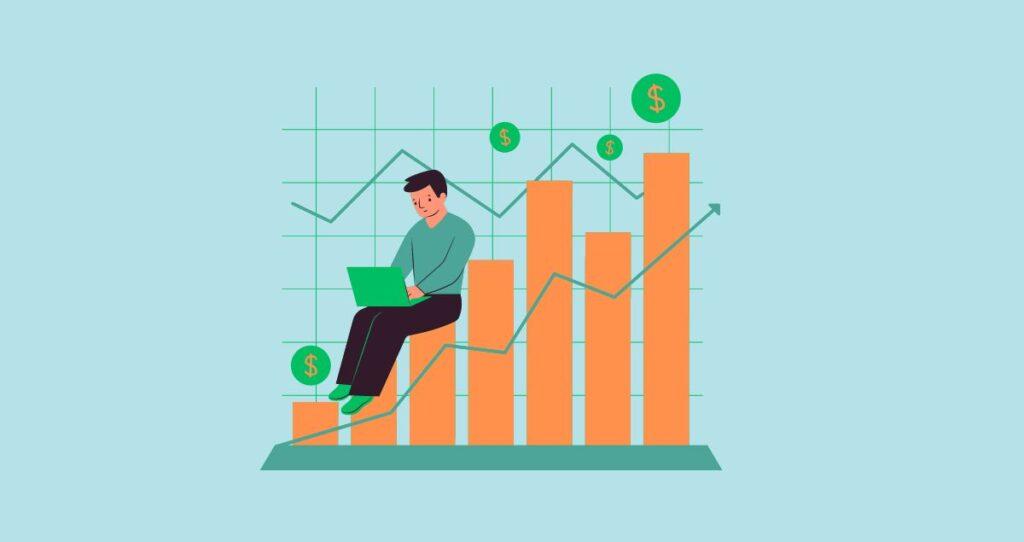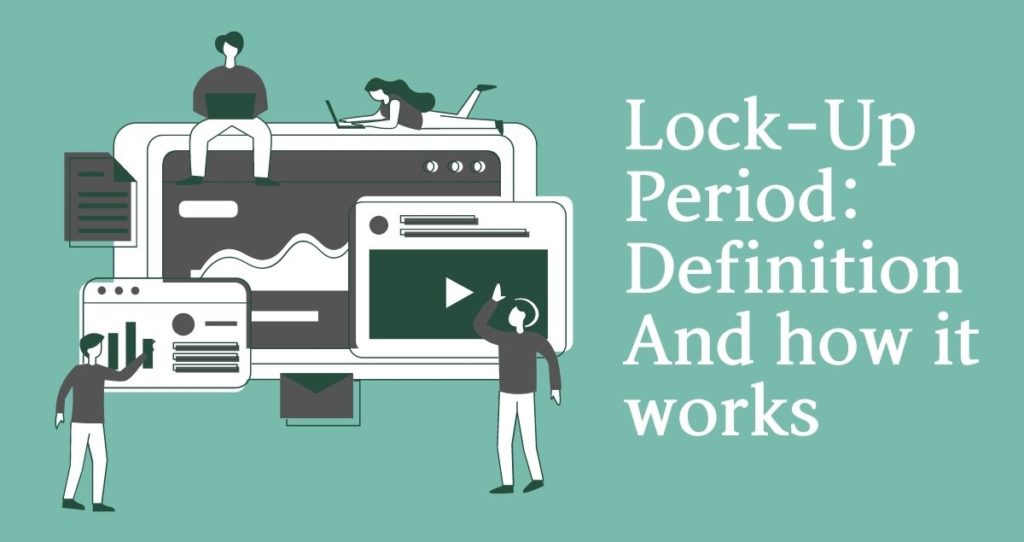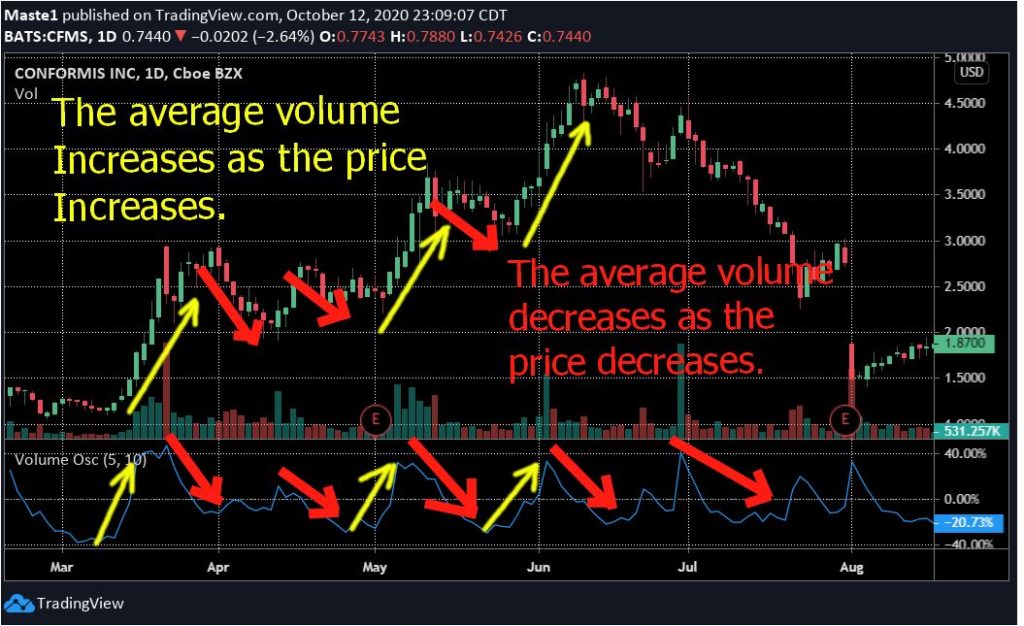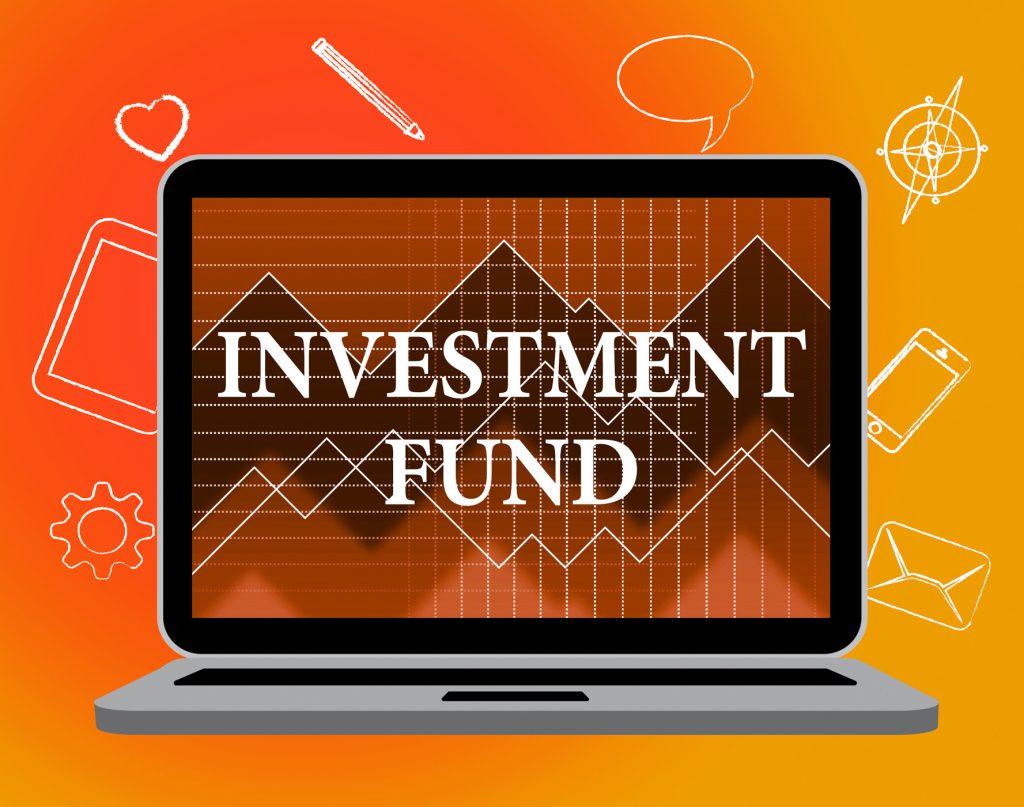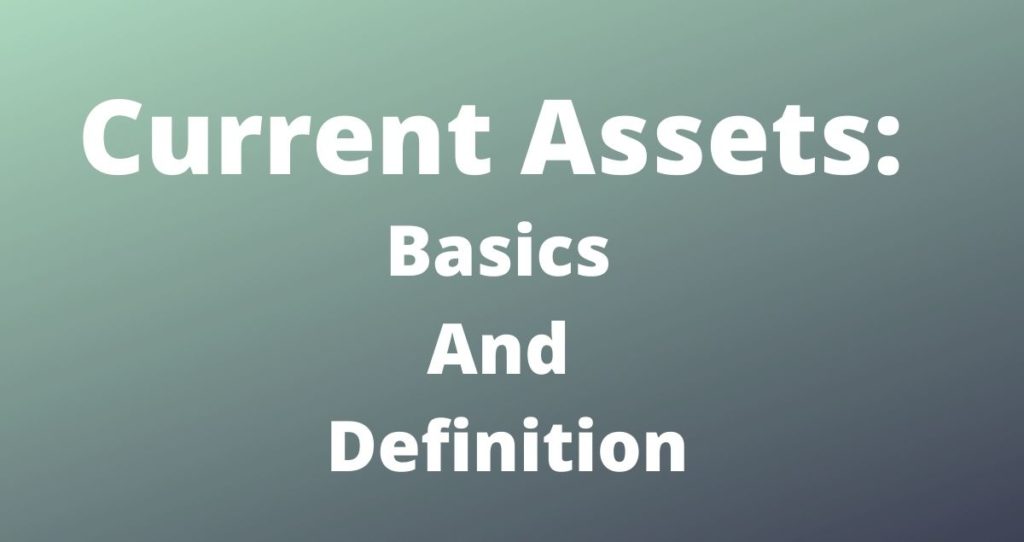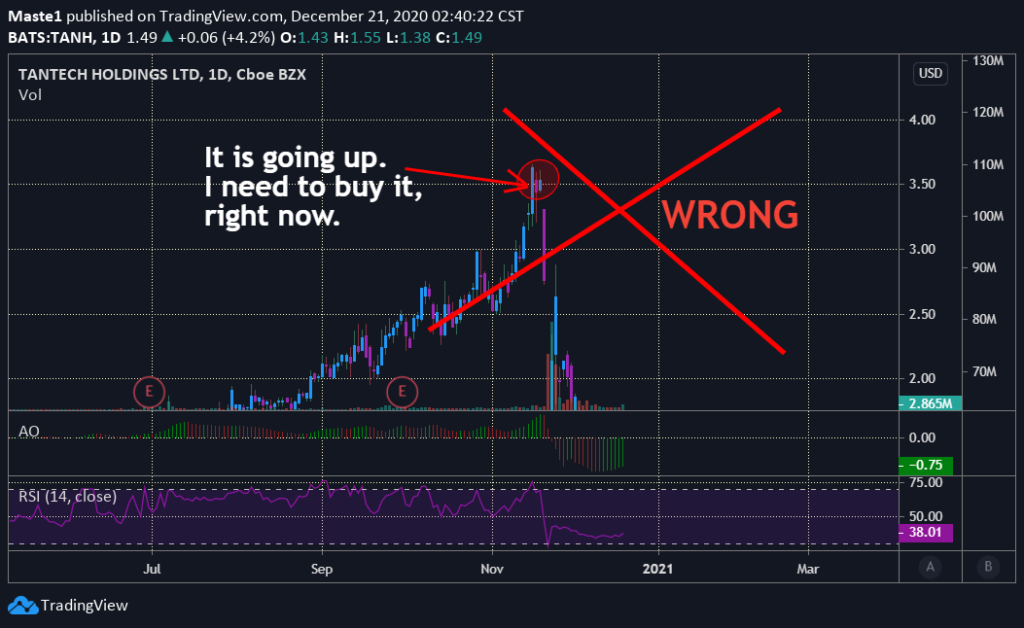One of the most effective ways to earn a considerable passive income is to invest in dividend stocks. With dividend stocks in your portfolio, you can easily collect dividends quarterly. Knowing how dividend investing works, what dividend stocks to buy, and when to buy them, however, can be a little bit of a challenge.
In this article, you will learn how to get started with dividend investing, how to pick the best dividend stocks, and important dates to remember such as ex-dividend date, record date, and payout date when investing in dividend stocks. I will also cover tips to identify stocks with good dividend yields, how dividend reinvestment works, and the importance of diversification when you are investing in dividend stocks.
Here is everything you need to know about dividend investing.
What is a dividend?
Dividends might sound like an alien term for most stock market newbies. But, you don’t need a college degree in finance to understand what dividends are.
In a nutshell, dividends are distributions of a company’s profit to its shareholders. Being a shareholder means that you own at least one share of a corporation. For example, if you own shares of Tesla stock, then you are considered a shareholder. If Tesla is profitable and earns a surplus in profits, it might decide to distribute some of that profit to its shareholders. Everyone who owns shares of Tesla stock will receive a portion of its profit through dividend payments.
That means if you own shares of Tesla or any other company that pays dividends, you will be paid an amount that is proportional to the number of shares you own. The payment you receive is known as a dividend and it is paid on the dividend payout date.
What is dividend yield?
Another important term to remember when buying stocks for dividends is the dividend yield. The dividend yield is the dividends per share. In order words, the dividend yield represents how much you will be paid in dividends for every share of XYZ company that you own. The dividend yield is expressed as a percentage such as 5% by dividing the dividend by the company’s share price.
What are dividend stocks?
If you are interested in buying dividend stocks, you first need to know what dividend stocks are. Dividend stocks are stocks from companies that pay dividends. The amount in dividends available for distribution is decided by the board of directors. The portion of the corporation’s earnings that is not paid in dividends gets reinvested back into the business.
To buy stocks for dividends, you need to find stocks that regularly pay dividends with higher dividend yields.
Another important term to remember as a dividend stocks investor is the earnings per share or EPS for short. The earnings per share is a profitability ratio that shows how profitable a company is per share of its stock. To calculate the EPS, you will divide the company’s profit by the outstanding shares of its common stock.
A lot of people confuse earnings per share and dividends per share. Earnings per share use the total profit of a business to calculate how profitable the business is compared to its share price. Dividends per share estimate the portion of the company’s earnings that gets paid out to shareholders. That is why to calculate EPS you divide the earnings by share price, whereas for dividend per share, you divide the dividends (a small portion of earnings) by the company’s share price.
Important dates to consider if you want to buy stocks for dividends
Besides knowing the right stocks to buy for dividends, you also need to know the right time to buy to qualify for dividends. Just because you just purchased shares of your favorite company, it does not mean you will get paid dividends.
Important dates to consider when buying stocks for dividends
Ex-dividend date
The ex-dividend date is the date a stock trades without dividends. If you buy dividend stocks after the ex-dividend stocks, you will not be eligible for a dividend payout. That is you must buy dividend stocks before the ex-dividend date to qualify for dividends. The ex-dividend date is crucial for dividend stock investors because that is the time the share price drops by the amount of dividend being paid to investors. For example, if the share price was $100 before the ex-dividend date, and the company decides to pay $1 per share in dividends, the share price will drop to $99 on the ex-dividend date. Missing this date automatically disqualifies you for dividends payout in that quarter.
Record date
Before you can get paid dividends, your name must be in the company’s books as a shareholder. The date on which you are recorded as a shareholder of the company, and therefore, eligible for dividends is the record date. Typically, the record date is one business day after the ex-dividend date.
Payout date
The payout date is the date you receive your dividends payout. If you own 100 shares of a company and it pays $0.5 per share, for example, you will receive $50 in dividends. Again, to qualify for dividend payout, you must first be recorded as a shareholder on the record date. For this to happen, you must buy dividend stocks before the ex-dividend date.
How long do you need to own stock to get a dividend payout?
To qualify for a dividend payout, you first need to be recorded as a shareholder of the company on the record date. For this reason, you must buy your dividend stocks before the ex-dividend date to qualify for a dividend payout for the following quarter.
How often do companies pay dividends?
Typically, most companies pay dividends four times per year (every quarter). This is because companies report earnings every quarter, and therefore if there is any profit to distribute gets shared every quarter. Keep in mind that this is not a rule. At the end of the day, the board of directors is the one that decides whether dividends should be paid and how much. Don’t be surprised if your company pays dividends for one quarter and skips the next one.
Your company can also eliminate dividends due to financial constraints such as paying off debts or reinvesting its earnings for product development and business growth. It is all about profitability and what the board of directors sees fit for the company.
Ordinary dividends vs. Qualified dividends
When you buy dividend stocks before the ex-dividend date, you will risk having your dividends classified as ordinary dividends by the IRS. By default, all dividends are classified as ordinary. But, when dividends meet some IRS specifications, they become qualified. Being qualified means that your dividends get reported to the IRS as a capital gain instead of an income, according to Investopedia.
Ordinary dividends get taxed as ordinary income. Qualified dividends, on the other hand, get taxed as a capital gain with a more favorable tax rate.
- Ordinary dividends. Any dividend payout you receive for stocks you own less than 60 days before the ex-dividend date. This dividend will be taxed as an income rather than capital gain.
- Qualified dividends. Any dividends you receive from dividend stocks you owned for more than 60 days before the ex-dividend date. The IRS treats this dividend payout as qualified dividends and therefore, gives you a more favorable tax rate.
Before buying dividend stocks
Although it might be tempting to buy stocks for dividends, it could be a risky game financially if your timing is not right. You need to buy stocks before the ex-dividend date to qualify for dividends for the next quarter. If you miss this date, you won’t be registered as a shareholder on the record date, and therefore, you will not qualify for a dividend payout.
In addition, buying dividends stocks does not mean your net profit will be positive after receiving your first dividends. As I have said earlier, the stock price will drop an equal amount in dividends per share. This means that the stock will go down in value which will impact your portfolio.
Also, if you just bought a dividend stock, the IRS might classify your dividends as ordinary dividends due to not holding the stock long enough. For this reason, the tax liability on your dividend will be the same as an income tax. Hence, paying more in taxes. So, the dividend payment you will receive might not be enough to offset the stock price drop and higher tax on your ordinary dividends. Under these circumstances, you might realize a negative net return.
How to identify stocks with high yields?
Picking the right stocks for dividend investing is a bit tricky for millions of people. Even people with degrees in finance often find it harder to pinpoint stocks with the best dividend yields.
With the right strategies, however, you can easily pick stocks with the highest dividends. As an investor, you should focus more attention on the company’s projected financials. This is because current dividend yields do not reflect the future performance of a company.
Tips to select the best dividend stocks with high dividend yields
- Expected earnings growth. Since dividends are all about profitability, stocks with the highest dividend yield are those with higher long-term expected earnings growth. Expected earning growth between 5% to 15% is considered good.
- Stick to companies with lower debt-to-equity ratios. No company will issue dividends when it is struggling to cover its debts. For this reason, make sure that the current and expected future debt-to-equity ratios of the companies you select are low.
- Strong cash flows. Strong companies with good dividend yields always have strong cash flows. Cash flows represent the amount of money that a business brings in or spends over some time.
- The company’s industrial strengths. We are in a competitive market where companies close their doors daily. Others get bought by their competitors to stay afloat. So, if you are interested in buying stocks for dividends, focus on stocks with industry dominance.
How much money can you make from dividend stocks?
Many factors will influence how much money you can make with dividends. But, the two most important factors to consider are the dividend yield from each stock you own and the number of shares you own for each stock.
For example, if you own 1,000 shares of XYZ company and it pays $0.25 per share, you will receive $250.00 in dividends. But, if the company paid $0.5 and you had 5,000 shares, your dividend payout would be $2,500. That is the higher the dividend yield and the number of shares you have, the more you will earn.
So, to earn more money in dividends, you need to pick the best dividend stocks with consistent dividend growth and buy as many shares as you can afford. As you accumulate the number of shares and re-invest your earnings, the more passive income you will earn in dividends.
How much do you need to invest in dividend stocks to make $25,000 in passive income?
Although there is no minimum amount you need to invest in dividend stocks, you will need to have a sizable portfolio to have a great return. The biggest question you need to ask is”How much money do you need to make in passive income with dividends?”
How much should you invest to make $25,000 in dividends, for example? As I stated above, the dividend yield plays an important role in how much you can earn. The higher the yield, the more you will earn in dividends even if the number of shares you own stays the same. For example, if the company pays $7 in annual dividends and the share price is at $140, the dividend yield will be 0.05 or 5% (7/140). So, if you own 1 share of this company, you will earn an annual dividend payout of $7 for that one share.
Most companies, however, do not pay that much money in dividends. The dividend yield payout is much lower than this example across many industries. According to GuruFocus, the average S&P500 dividend yield is 1.69% and ranges between 1.62% and 2.10% historically. Since the S&P500 is a benchmark for the stock market in general, we will assume average returns in the same ranges.
Assuming that your portfolio returns the top range with 2.1% on average, how much will you need to invest to make $25,000 in dividends?
To solve this puzzle, let’s assume that X represents the money you need to invest. By multiplying that amount by the dividend yield which is 2.10%, you will get $25,000.
So, X*2.10% = $25,000. We can now solve for X=$25,000/0.021 = $1,190,476
In order words, if your main goal is to make $25,000 in dividends, you will need to invest $1.2 million in dividend stocks with an average dividend yield of 2.1%.
How to pick the best dividend stocks to buy?
This is a million-dollar question when it comes to finding the best dividends to buy. This is because there are a ton of dividend-paying companies and therefore, hard to choose one or evaluate all of them. So, how do you know the best dividend stocks to buy?
Beyond the financial complexity of dividend-paying companies, there are still some fundamental values that make a company good for dividends. Here are tips to pick the best dividend stocks.
A high yield does not mean better
A big mistake a lot of people make when buying dividend stocks is to chase high-yield dividends. Paying higher dividends could mean that the company is not investing in itself for future growth and profitability. You might receive higher dividends now, but the future of the company might be grim when its competitors start eating into its market shares.
Evaluate the dividend growth
One of the key indicators of the best dividend stocks to buy is the growth of its dividend payout over time. By default, growth companies pay more dividends over time. If a company has been reporting steady growth in dividends, it is more likely that it will continue to report more dividends in the future. You should stay away from companies that have been cutting dividends due to financial constraints or market share drops due to competition or lack of product development.
Understand the risk of the company’s sector
There are many sectors to consider and some are riskier than others. When assessing whether a dividend stock you want to buy is good, scrutinize its sector. If the sector is dying or is subjected to high risk, think twice before buying its dividend stocks. Some of the most stable sectors with regular dividend payouts include the following.
- Oil and gas
- Banking and financial sector
- Utilities
- Healthcare and pharmaceuticals
- Materials
Look at the balance sheet
To ensure a steady dividend payout, the company must have a strong balance sheet. Too much debt is not good. Companies that report a few dividends here and there are also not good.
Focus on fully established companies
Although growth companies might be more promising, if you are only interested in earning dividends, it is wise to focus on fully established companies. This is because large and established corporations have their feet in the market, and are already profitable and stable. The share price might not go up that high, but, your dividend payout will always be guaranteed.
Stay away from less established companies
Just because a company is profitable and pays dividends, it does not mean it is the best dividend stock to buy. Less established companies tend to cut down their dividends or eliminate dividends due to financial constraints.
Buy a fund
If you are having a hard time choosing the best dividend stocks, consider buying a mutual fund or fund-related securities. Instead of buying a single stock or two, buy dividend-tallied funds. These funds put a ton of research into their investments. By buying a fund as opposed to an individual stock, you will benefit from the research the fund conducts and fully diversify your investments.
Where to buy dividend stocks?
There are two ways to buy dividend stocks which are doing it yourself(DIY) and using a financial advising firm.
- DIY dividend stocks. If you choose to buy or invest in dividend stocks by yourself, you will need to do your research and open and manage your accounts. All you will need is a good brokerage account where you can purchase shares of any securities you want. If you are getting started with dividends and the stock market in general, open a brokerage account with a fully established brokerage firm. Among the best brokerage companies, there TD Ameritrade(AMTD), Merrill Edge, Fidelity, and Charles Schwab. These platforms also come with extensive educational material that can help you get started. Stay away from Robinhood, Public, Acorns, M1 Finance, etc. Although these apps offer ways to buy and sell dividends stocks, they do not offer enough educational material or advanced technical and fundamental analysis guidelines about companies and the market in general.
- Use an investment company. Not everyone is meant to flip stocks and understand the jargon of the stock market. There are always alternatives for those who are not willing to get their feet wet. A financial advising company can do all the work for you.
Things to keep in mind when buying dividend stocks
Buying dividend stocks comes with the risk of volatility. As shares of dividend stocks you own go up and down in value, so will your portfolio. Your favorite dividend company can also go out of business. An economic setback can shake the market and make you lose money. In other words, just like any other investment, investing in stocks that pay dividends comes with the risk of losing your investments. For this reason, you need to carefully hedge against all possible setbacks in the market. Diversification is always a good way to protect your portfolio. But, too much diversification is not good either.
In addition, investing in dividend stocks is not a get-rich-quick path. You cannot expect to earn millions of dollars from dividends when you have invested a few thousand dollars. Again, the amount you earn from dividends will depend on the dividend yield and the number of shares you own. The more shares you own and the higher your dividend yield, the higher your dividend payout will be.
How does dividend reinvestment work?
As a dividend investor, you will need to choose whether you will receive your dividends in cash value or reinvest those dividends to buy more shares. Reinvesting your dividends means that once dividends are paid, they will be used to buy more shares of the company or fund that paid you dividends. In a downturn market, dividend reinvestment can help you lower the risk of owning shares of a company through dollar cost averaging.
Why is diversification important when investing in dividend stocks?
The risks involved with stocks and stock-based securities are extremely high due to volatility. A shift in economic conditions can devastate your company, its sector, or the whole market in general. To hedge against the potential loss of capital, always diversify your portfolio.
No matter the security you own or how strongly you believe in their financials, you should always diversify your investments. To properly diversify your portfolio, buy dividend stocks from different investment sectors with strong earning returns.
As an investor, it would be unwise to put all your money in stocks. You should look into other investments that are not stock-related such as bonds, gold, real estate, international securities, etc. Otherwise, a stock market crash can leave you with no dividends coming in and can expose your portfolio to the risk of losing an entire capital.
Benefits of dividends on your portfolio
Investing in dividend stocks comes with a lot of financial benefits. Having dividends means that your portfolio will grow over time as you earn dividends and reinvest them. If you don’t want to reinvest your dividends, you can have steady payments from dividends in your account. Dividends can also offer you tax advantages and lower your portfolio risks. For example, if you have bought a stock and its share price went lower, the dividend payments can help offset that loss and preserve your purchasing power.
